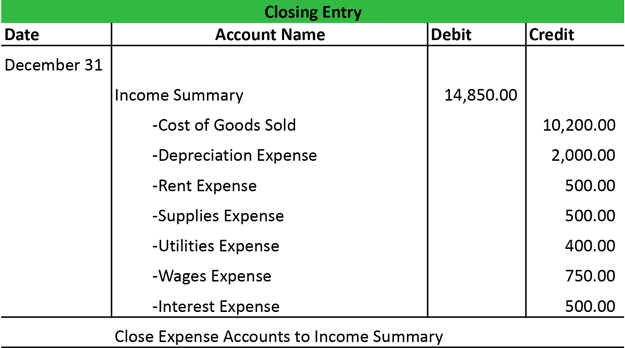
Solutions such as HighRadius’s cash management software can auto-reconcile transactions based on standard and user-defined tagging rules, saving time and reducing the risk of errors. Keeping track of the entire reconciliation process is crucial for reporting effective interest rates errors and corrections to the management team later. Documentation also helps non-reconciliation employees cross-check data and refer back to source documents.
How do you prepare a bank reconciliation statement?
- For larger companies with a high volume of transactions, it’s advisable to reconcile bank statements daily to ensure that any discrepancies or errors are promptly identified and corrected..
- The balance recorded in your books (again, the cash account) and the balance in your bank account will rarely ever be exactly the same, even if you keep meticulous books.
- They may not be fun, but when you do them on a regular basis you protect yourself from all kinds of pitfalls, like overdrawing money and becoming a victim of fraud.
- Bank reconciliation statements are tools companies and accountants use to detect errors, omissions, and fraud in a financial account.
- This can range from one-off errors such as calculation mistakes or double payments to major concerns like theft and fraud.
- The Substantiation software automates the reconciliation of general ledger and supporting balances.
Adjust the cash balances in the business account by adding interest or deducting monthly charges and overdraft fees. It’s recommended for a company to perform a bank reconciliation at least once a month. If your company receives bank statements more frequently, for example, every week, you may also choose to do a bank reconciliation for every statement you receive.

One is making a note in your cash book (faster to do, but less detailed), and the other is to prepare a bank reconciliation statement (takes longer, but more detailed). When you record the reconciliation, you only record the change to the balance in your books. The change to the balance in your bank account will happen “naturally”—once the bank processes the outstanding transactions. For example, a restaurant or a busy retail store both process a lot of transactions and take vertical analysis formula example in a lot of cash. They might reconcile on a daily basis to make sure everything matches and all cash receipts hit the bank account. On the other hand, a small online store—one that has days when there are no new transactions at all—could reconcile on a weekly or monthly basis.
Ensures Financial Accuracy and Cash Flow
To successfully complete your bank reconciliation, you’ll need your bank statements for the current and previous months as well as your company ledger. An online template can help guide you, but a simple spreadsheet is just as effective. It’s the duty of any business, large or small, to keep accurate financial records to ensure things balance. The deposit could have been received after the cutoff date for the monthly statement release.
However, there may be a situation where the bank credits your business account only when the checks are actually realised. When you compare the balance of your cash book with the balance showcased by your bank passbook, there is often a difference. One of the primary reasons this happens is due to the time delay in recording the transactions of either payments or receipts. The purpose of preparing a bank reconciliation statement is to reconcile the difference between the balance as per the cash book and the balance as per the passbook. The balance recorded in the passbook or the bank statement must match the balance reflected in the customer’s cash book.
Data entry error
This way, the number of items that can cause the difference between the passbook and the cash book balance is reduced. And as a result, it gets easier to ascertain the correct balance in the balance sheet. what to do when an employee resigns These fees are charged to your account directly, and reduce the reflected bank balance in your bank statement.
If you find any errors or omissions, determine what happened to cause the differences and work to fix them in your records. In cases where you discover discrepancies that cannot be explained by your financial statements, it’s best to contact your bank. It’s possible that a banking error has occurred or that you have been charged for something you were unaware of.
If both the balances are equal, it means the bank reconciliation statement has been prepared correctly. Bank reconciliation statements compare transactions from financial records with those on a bank statement. Where there are discrepancies, companies can identify and correct the source of errors.
